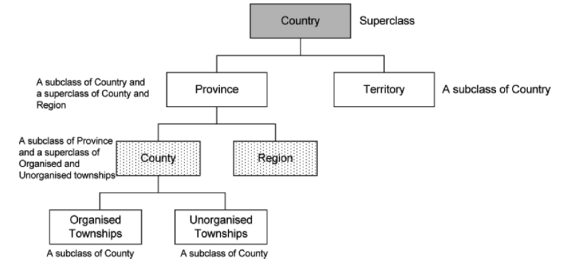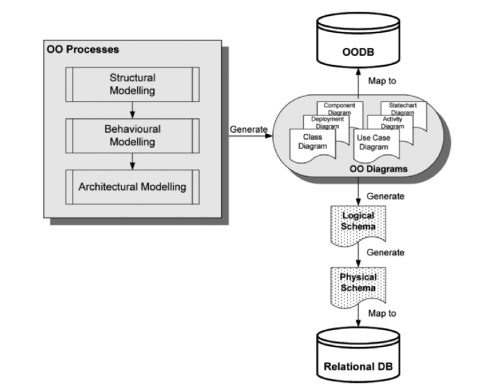Three realms of representation provide comprehensive understanding of data and information
- Worldview - people discuss issues and problems about the world
- Database - people translate that conceptual understanding into means for data structuring and storage
- Map analysis/display - people manipulate the data stored on disk and form a computer display or printed output











